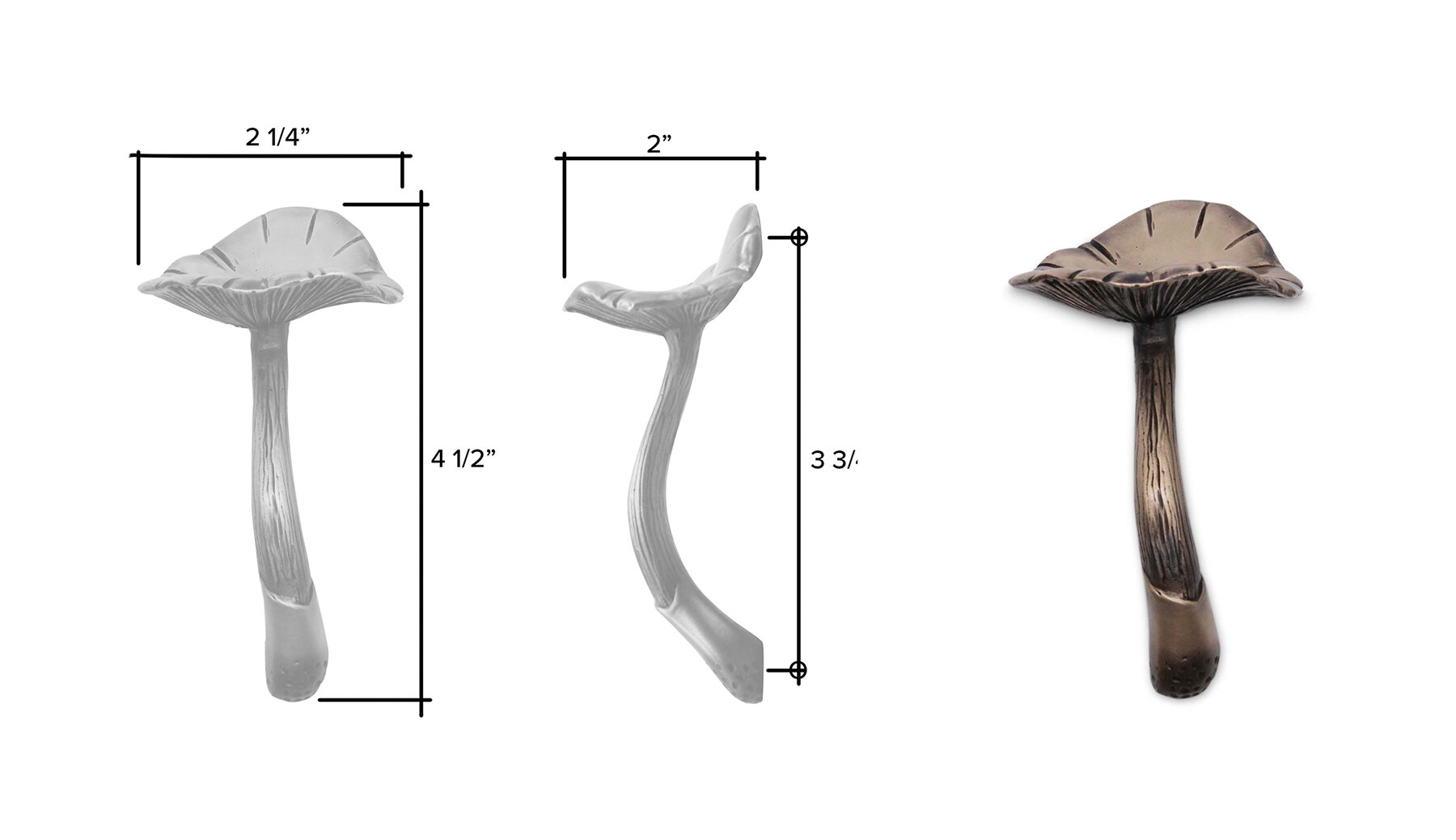We are always very grateful when clients share photos of our work installed in their homes as we get to glimpse there use in real life. It can be a daunting task when choosing both the right style and the right alloy for a cabinet or closet door and the internet only helps if the user is savvy when searching the web and has a clear of what they like.
As a small company with limited advertising dollars we rely on the skill and tenacity of consumers when searching for our products on the web. A recent search brought our work to the attention of a couple in the San Francisco area who were remodeling their master bathroom and bedroom.
Both rooms were remodeled with contemporary clean lined cabinetry that would work equally well with the Ergo and Morphic styles. The client’s bathroom cabinets were made in teak a warmly colored and figured hard wood that worked well with the brown golden tones of the lightly patinaed bronze they chose as the finish for the Morphic cabinet handles.
A two- tone luster was selected for the Ergo stainless steel handles with polished and satin areas a finish that complimented the simple and neutral grey tones of the closet doors.













































